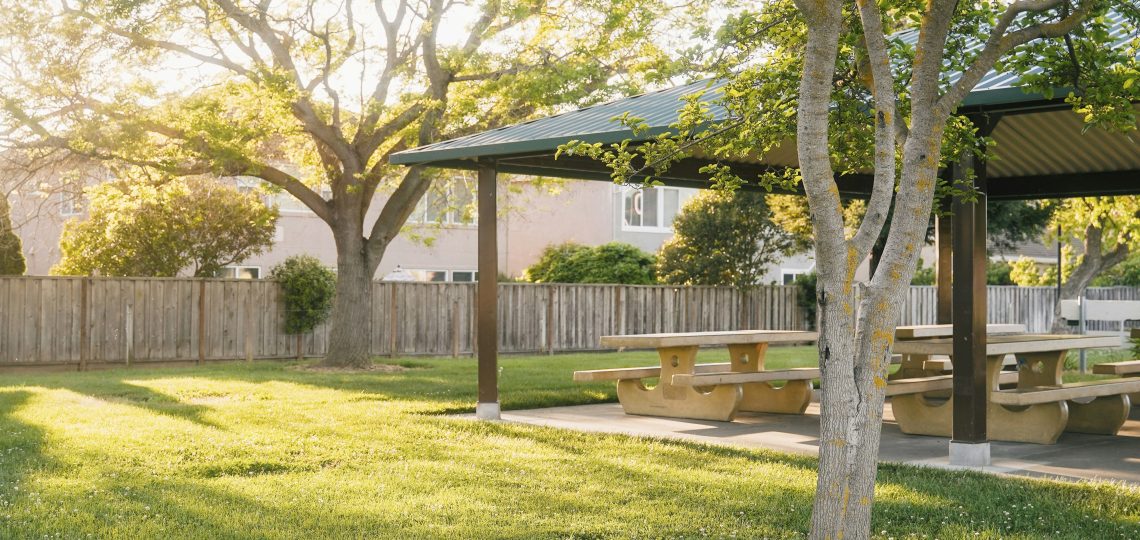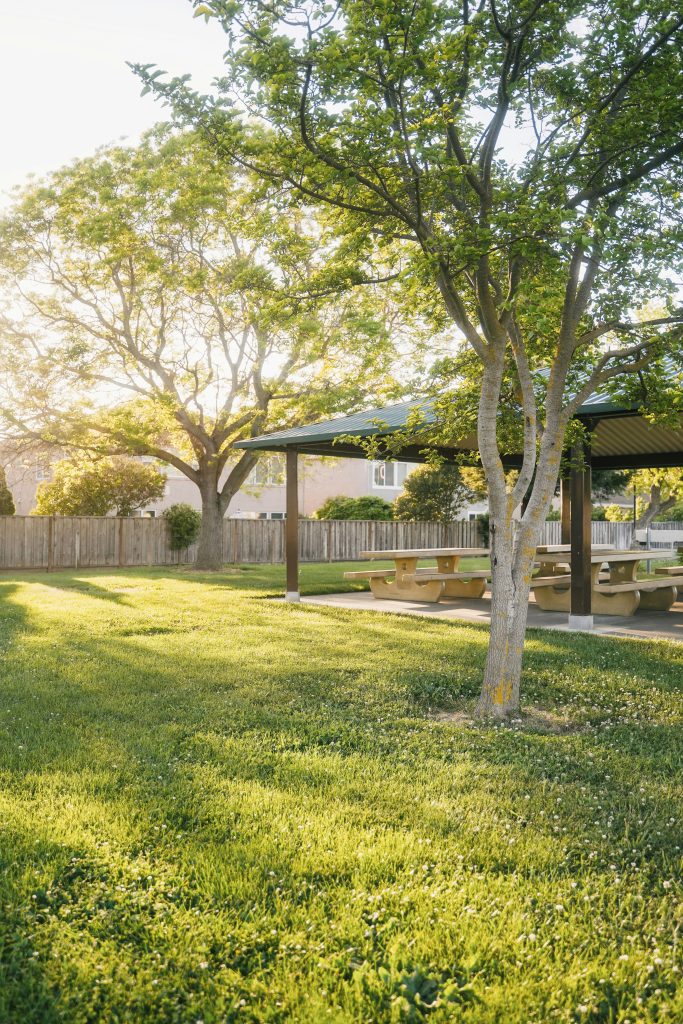
Outdoor Maintenance Checklist: Keeping Your Yard in Top Shape
Maintaining the outdoor areas of your home is essential for enhancing curb appeal, ensuring safety, and enjoying your yard to the fullest. A well-kept yard and exterior can also prevent costly repairs down the line. Here’s an outdoor maintenance checklist to help you keep your property in top shape throughout the year.
1. Lawn Care
Mowing: Regularly mow your lawn to keep it looking neat and healthy. Adjust the mower height according to the season to avoid cutting the grass too short, which can stress it and promote weed growth.
Watering: Ensure your lawn gets enough water, especially during dry spells. Water early in the morning to minimize evaporation and fungal growth. Using a sprinkler system or soaker hoses can help maintain consistent moisture levels.
Fertilizing: Apply a balanced fertilizer in the spring and fall to promote healthy growth. Use a slow-release fertilizer to provide nutrients over time.
Aeration: Aerate your lawn once a year to alleviate soil compaction and improve root growth. This process involves removing small plugs of soil to allow air, water, and nutrients to penetrate the grass roots.
Weed Control: Regularly inspect your lawn for weeds and remove them promptly. Use pre-emergent herbicides in early spring to prevent weed seeds from germinating.

2. Garden Maintenance
Pruning and Trimming: Prune shrubs, trees, and perennials to remove dead or diseased branches and promote healthy growth. Trim overgrown plants to maintain their shape and prevent them from encroaching on walkways or other plants.
Mulching: Apply a layer of mulch around plants to retain moisture, suppress weeds, and regulate soil temperature. Mulching also enhances the appearance of your garden beds.
Planting: Add new plants to your garden beds in the spring and fall. Choose plants that are suitable for your climate and soil type. Consider incorporating native plants, which require less maintenance and support local wildlife.
Pest Control: Monitor your garden for pests and take appropriate action to control them. Use organic or chemical treatments as needed, and consider introducing beneficial insects like ladybugs to help manage pest populations.
3. Hardscape Maintenance
Cleaning: Regularly clean patios, walkways, and driveways to remove dirt, moss, and debris. Use a pressure washer for deep cleaning, but be careful not to damage the surfaces.
Repairing Cracks: Inspect hardscape surfaces for cracks and repair them promptly to prevent further damage. Fill small cracks with a suitable sealant and consider professional help for larger repairs.
Sealing: Apply a sealant to concrete, stone, and brick surfaces every few years to protect them from water damage and staining.
4. Outdoor Structures
Decks and Patios: Inspect decks and patios for loose boards, nails, and other hazards. Clean and seal wooden decks to prevent rot and maintain their appearance.
Fences and Gates: Check fences and gates for damage and repair or replace any broken parts. Tighten loose screws and hinges to ensure gates operate smoothly.
Sheds and Storage: Clean and organize outdoor sheds and storage areas. Check for leaks and repair any damage to keep your tools and equipment safe.

5. Seasonal Tasks
Spring:
– Clean gutters and downspouts.
– Check the irrigation system and repair any leaks.
– Plant new flowers and shrubs.
– Fertilize the lawn and garden beds.
Summer:
– Mow and water the lawn regularly.
– Prune trees and shrubs.
– Inspect and clean the grill and outdoor furniture.
Fall:
– Rake leaves and compost them.
– Aerate and overseed the lawn.
– Winterize the irrigation system.
– Plant bulbs for spring blooming.
Winter:
– Remove snow from driveways and walkways.
– Check for ice dams on the roof and clean gutters.
– Protect delicate plants with burlap or frost cloth.
6. Tools and Equipment
Regular Maintenance: Keep your gardening tools and lawn equipment in good condition. Sharpen blades, clean off dirt and rust, and oil moving parts to extend their lifespan.
Storage: Store tools and equipment in a dry, organized space to prevent damage and make them easy to find when needed.
Conclusion
A well-maintained outdoor space enhances the beauty and functionality of your property. By following this comprehensive outdoor maintenance checklist, you can ensure that your yard remains healthy, attractive, and safe year-round. Regular upkeep not only boosts curb appeal but also protects your investment and provides a pleasant environment for you and your family to enjoy.
Feel free to visit United Providers of Health for health related blogs!
Also, take some time to answer a quick survey about Social Determinants of Health!
